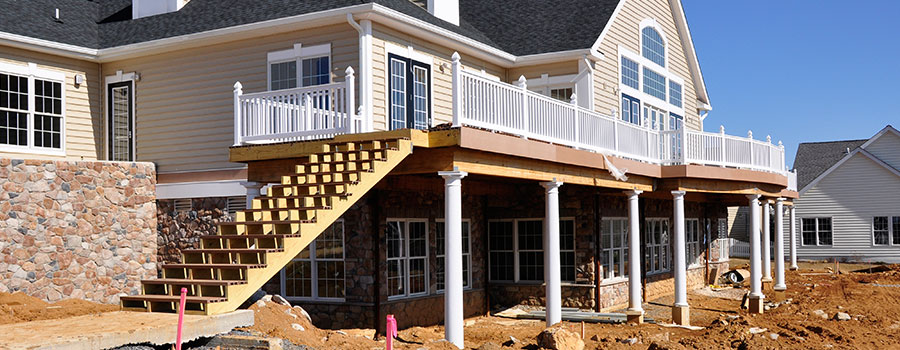Flat Roofing System: Is this the Best Choice?
A house or any kind of building is not complete without a roof. It protects the structure against rain, snow, and the sun’s heat. Without a roof, people and furniture inside the structure will be exposed to harsh outdoor elements. However, you need to know the different types of roof options that will suit your roofing needs. Aside from roofs, you might also consider planning for a home addition. For your home addition needs, you should contact a home additions builder. You would need a home addition design depending on your home improvement needs. Some would choose to convert their garage, basement, or attic into an additional living space. All about flat roofs Most of us are familiar with the sloped roofs commonly found in many homes around the world. However, there are also those so-called “flat roofs”. For one thing, flat roofs are not entirely flat. Rather, flat roofs have only slight tilts primarily to drain rainwater although not as effectively as sloped roofs. There are also different types of flat roofs. Each type of roof system varies according to price and warranty. Some can even last for more than 25 years as long as it is installed properly and well-maintained. EPDM Ethylene propylene diene monomer, also known as a rubber membrane, is specially designed to tolerate sun exposure. It can be glued, fastened, or added with stone during installing as a flat roof material. On the one hand, it is light, easy to install, easy to repair in case of leaks, and tear-resistant. However, this flat roofing material can be more prone to punctures and tend to absorb heat more. It can also be expensive especially the light-colored variant. Built-up Roofing (BUR) This one is another common type of flat roof. It is composed of several layers including the insulation board, asphalt or tar, and gravel. BUR provides protection against water and outside elements. It is also low-maintenance, low-cost, and easy to remove during repairs. On the downside, installing BUR can be labor-intensive as it has several materials and layers. You might also have to remove the entire roof if you have to look for any leakages. BUR may also not be as flexible in cold weather, hence prone to damages. Modified Bitumen It was developed around the early 1960s as an alternative to Built-up roofing. It is made to be flexible with a top coating containing minerals. It comes in rolled sheet forms and installed by heating the roofing’s backside while unrolling it. Generally, it is easier to install than BUR, durable, recyclable, and low-maintenance. On the downside, modified bitumen should be installed by skilled personnel as it requires an open flame during installation. It might not also be as aesthetically appealing as BUR. Flat roof systems: Pros and cons If you are planning for a condo remodeling or any home addition project, make sure to hire professional home remodeling architects. In some home addition projects, you will need to choose a roofing system. One of the most popular roofing options is a flat roof system. However, a flat roof system has its own pros and cons. […]
Read more
